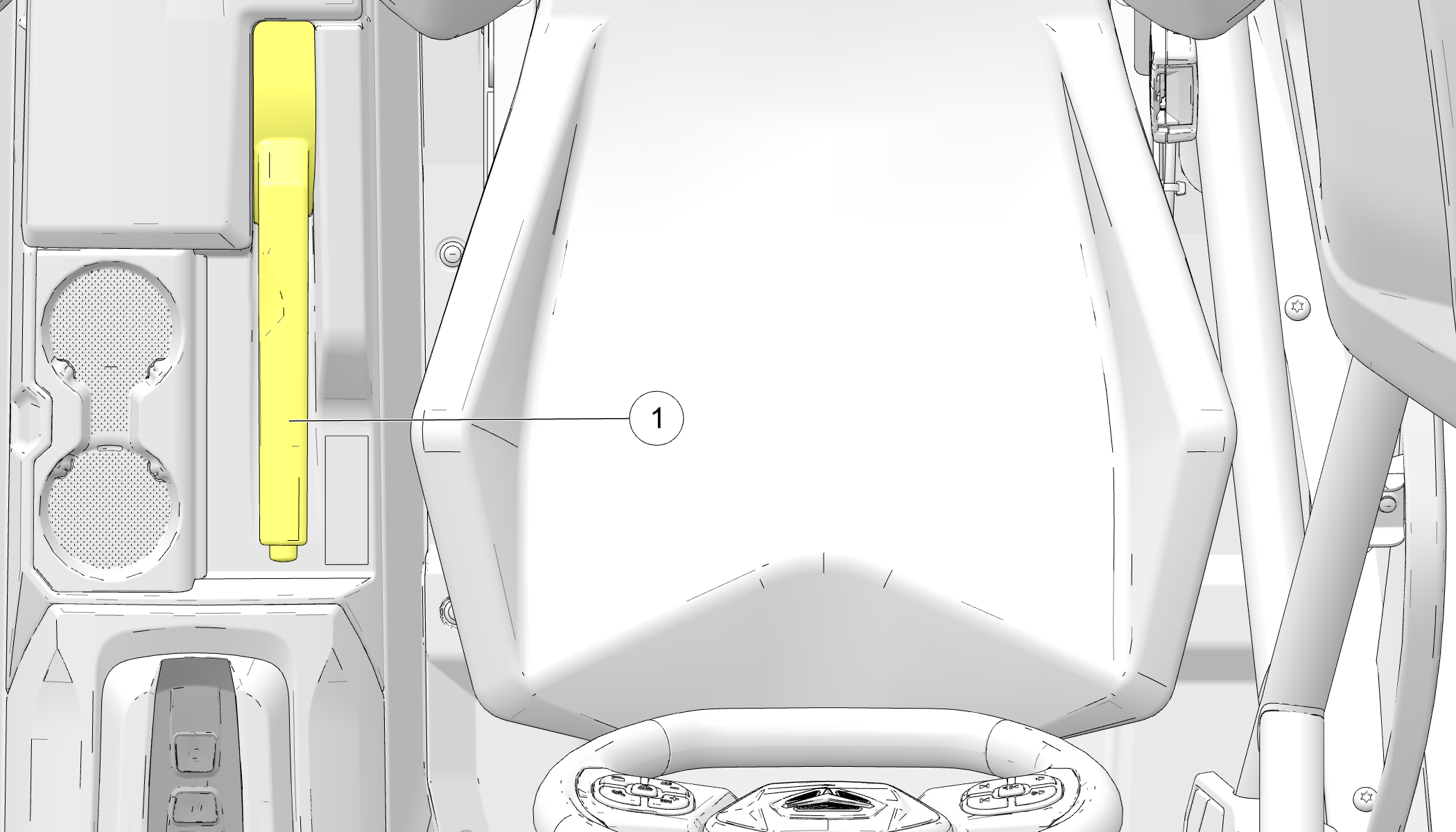The anti-lock brake
system automatically adjusts the brake pressure as needed to provide
optimum braking control, reducing
the chance of wheel lock-up during hard braking
events or when braking on rough, uneven, slippery or loose surfaces.
 WARNING WARNING |
| No stability control, traction control or anti-lock braking system
can fully protect you from every situation. Always be mindful
of road conditions. Always
drive safely and within the limits of the driver, vehicle and road
conditions. |
 WARNING WARNING |
| Stability control, traction control and anti-lock braking systems
rely on grip between the tires and the road to function
properly. In a hydroplane
situation, tires lose contact with the road and the effectiveness
of these features may be diminished. |
| IMPORTANT |
| When operating the vehicle in wet or reduced traction conditions,
always leave the traction control and stability control
enabled. |
- The anti-lock brake
system cannot be turned off.
- When the lamp is
illuminated, the anti-lock brakes will not activate, but the conventional
brake system will continue to operate
normally. See your dealer or another qualified
person promptly for service.
- Operating with non-recommended
tires or improper tire pressure may reduce the effectiveness of the
anti-lock brake system.
Always use the recommended size and type
of tires specified for your vehicle. Always maintain the recommended
tire pressure.
- Always ensure that
your tires have sufficient tread depth. See Tire
Tread Depth for recommended tire depth.
- The anti-lock brake
system will not prevent wheel lockup, loss of traction or loss of
control under all conditions. Always adhere to all safe operating practices as recommended.
- It is not unusual
to leave tire marks on the road surface during a hard braking event.
- The anti-lock brake
system does not compensate for or reduce the risks associated with:
- excessive speed
- reduced traction
on rough, uneven or loose surfaces
- poor judgment
- improper operation
- hydroplaning
- wet or slippery road
conditions
- unforeseen hazards

